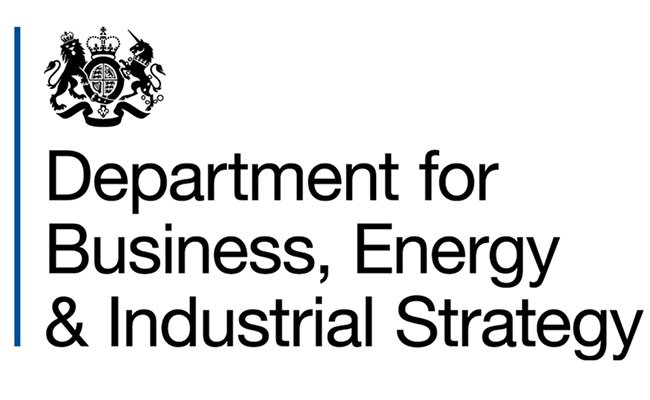Raising incomes, protecting the forest
In 2006, ten indigenous communities in the Amarakaeri, seeking to protect their ancestral rainforest, came together with government authorities to form El Ejecutor del Contrato de Administración de la Reserva Comunal Amarakaeri (ECA-Amarakaeri).
The group has worked hand-in-hand with Peru’s National Service of Protected Areas to mitigate climate change through the sustainable management of the Amarakaeri Communal Reserve – a primary forest covering 402,335 hectares, threatened by gold mining and logging.
The main economic activity supported by the project is sustainable Brazil nut production, but it also promotes cacao production, sustainable tourism, fish farming and poultry breeding.
There are over 100 people from four native communities in Amarakaeri cultivating the Brazil nut. From 2016 to 2022, these four communities sold over 3,000 barrels of the nut.
The project gives communities the skills to carry out Brazil nut production and ensures women and young people take part in the harvesting and marketing processes. Women occupy key leadership positions in the project.

A model shaped by indigenous voices
ECA-Amarakaeri also works with over 1,500 direct participants from the ten communities to monitor and patrol the reserve and gather evidence of any illegal activities or impacts within it, using a digital platform. Young people make up 60% of the reserve surveillance team.
Since 2018 the Amarakaeri reserve has held a place on the International Union for the Conservation of Nature Green List, which certifies the highest conservation standards worldwide.
The running of the project is guided by life plans prepared and signed by each community. The model is now being replicated in nine other Peruvian territories and countries including Brazil, Bolivia and Colombia.

